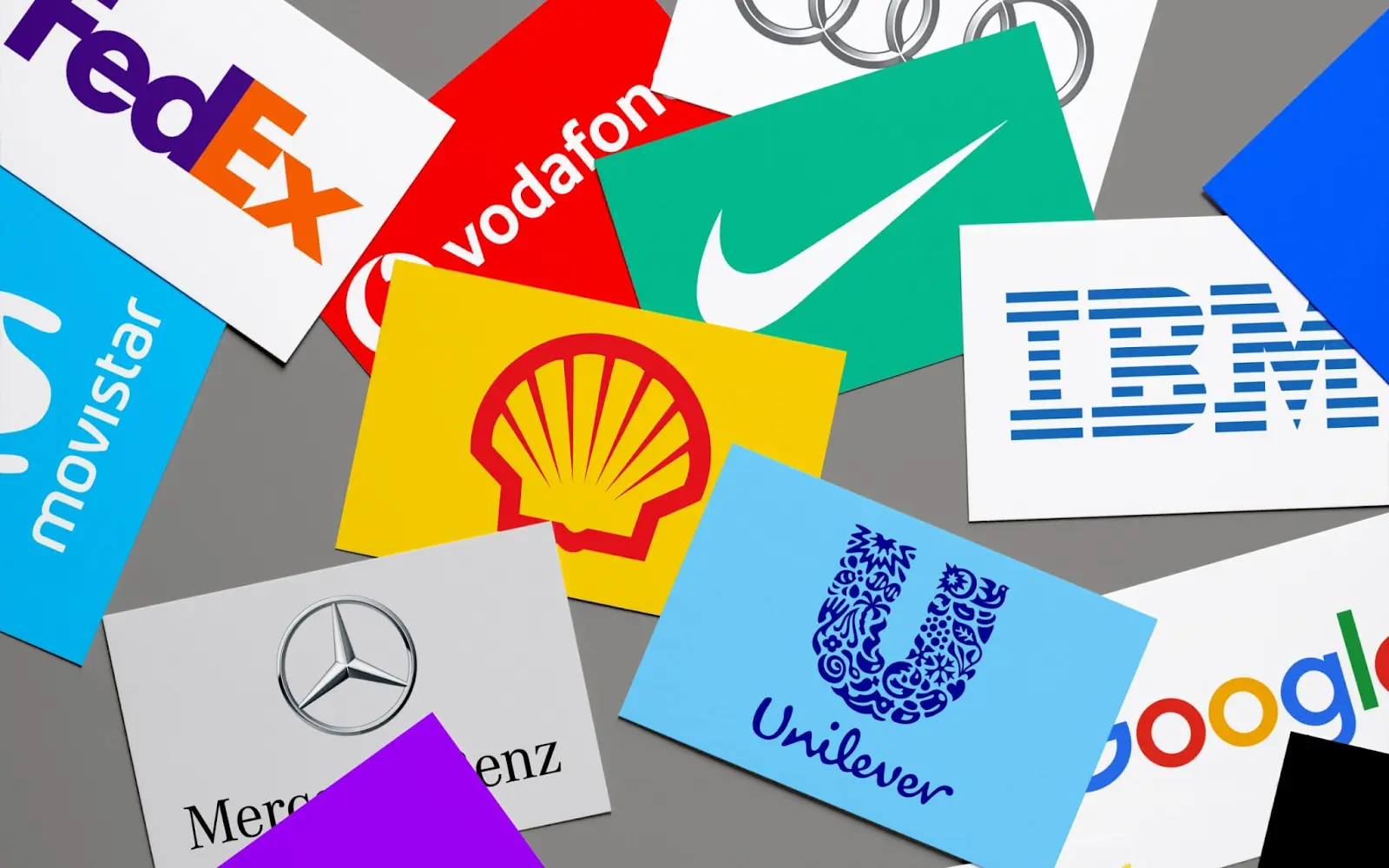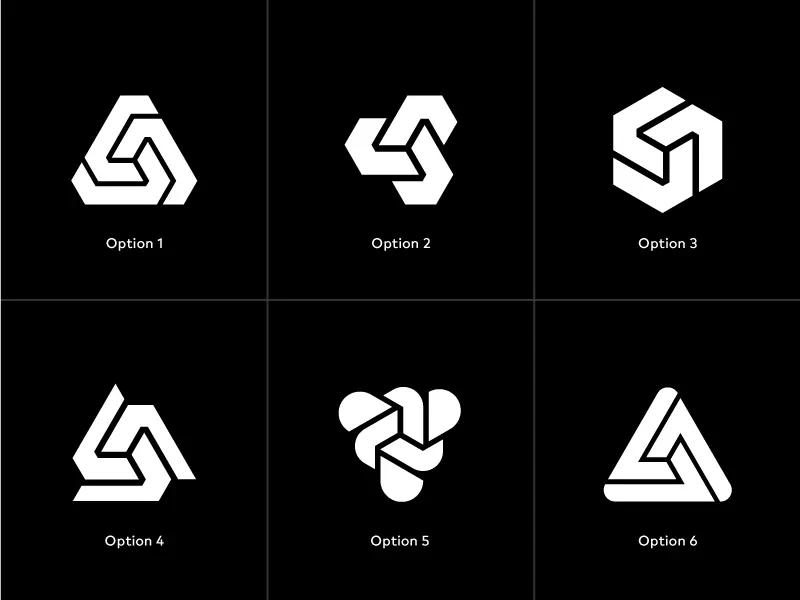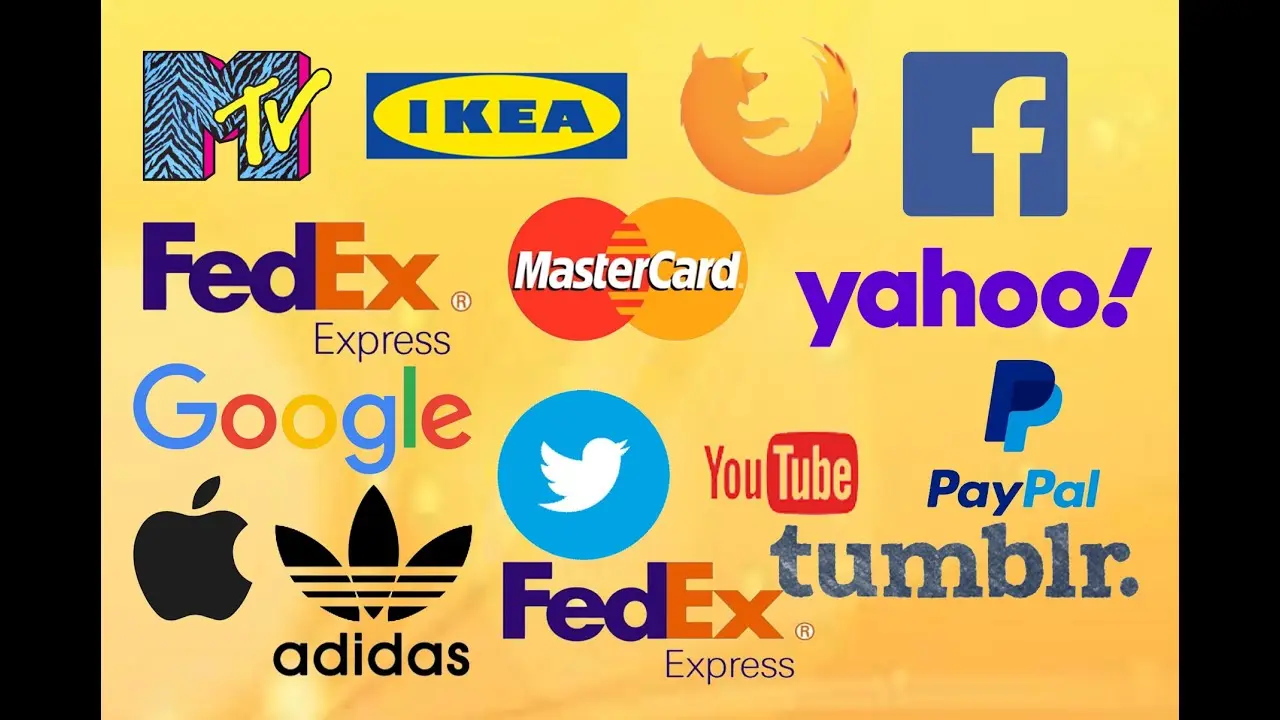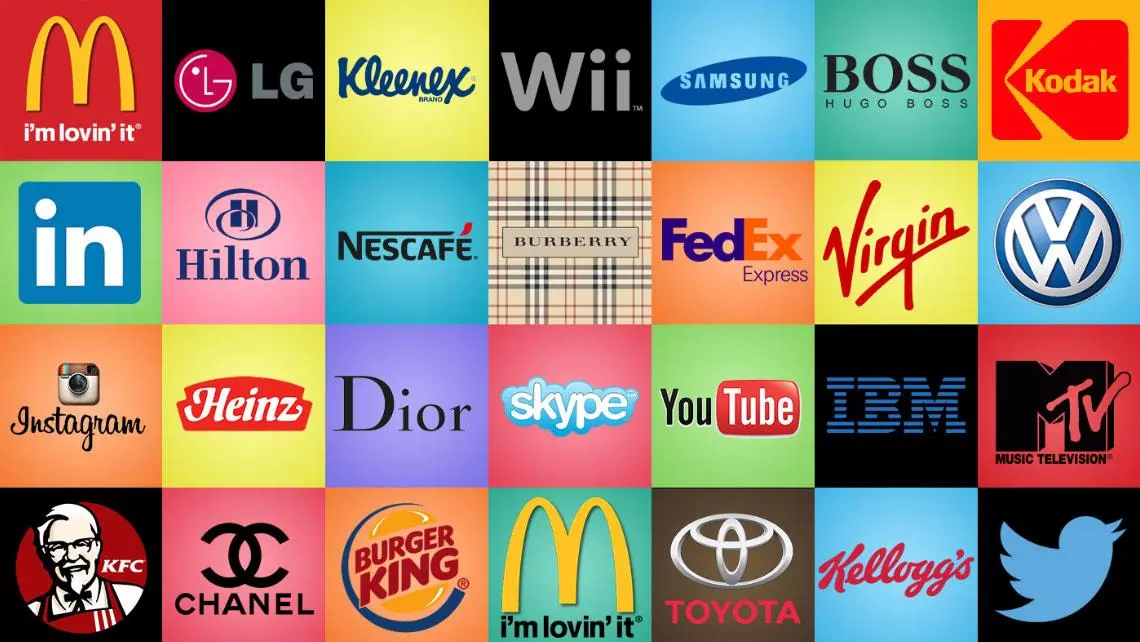
Vlad Yudkin
January 21, 2024
Crafting Identity: The Significance and Strategies of Logo Design
In the expansive world of branding, a logo stands as the visual embodiment of a company’s identity. It's not just a mere graphic; it's a symbol that encapsulates a brand's essence and values. In this article, we will explore the vital importance of logo design and provide valuable tips on how to create a logo that leaves a lasting impression.
So What is a Logo?
A logo is a graphic symbol, emblem, or design that represents a company, organization, or brand. It serves as a visual identifier, encapsulating the essence of the entity it represents distinctively and memorably. Logos are used on various marketing materials, products, and digital platforms, playing a crucial role in establishing brand recognition and conveying the brand's identity to the audience.

Reasons Why Logo Design is So Important
- Instant Recognition. A well-designed logo provides instant recognition. It's the first thing people associate with your brand, creating a strong visual connection in the minds of consumers.
- Brand Identity. Your logo is a fundamental element of your brand identity. It reflects your company's personality, mission, and values, establishing an emotional bond with your audience.
- Credibility and Professionalism. A professionally designed logo conveys credibility and trustworthiness. It signifies that your business is established, reliable, and takes its brand seriously.
- Differentiation. In a crowded marketplace, a unique and memorable logo helps your brand stand out. It distinguishes you from competitors, making it easier for consumers to recognize and choose your products or services.
- Versatility. A well-designed logo is versatile and can be scaled to fit various platforms and materials, from business cards to billboards. It maintains its integrity and impact regardless of its size.

Exploring the Process of Logo Design
Creating a good logo design involves a systematic process that combines creativity, research, and technical skills. Here's a detailed guide to help you make a successful logo design:
Understand the Brand
- Research: Learn about the brand's history, values, target audience, and competitors. Understand the brand's personality and unique selling points.
- Client Discussion: If you're designing for a client, have a detailed discussion to grasp their vision, preferences, and requirements.
Research and Brainstorm
- Market Analysis: Study the industry and identify design trends, but don’t follow them blindly. Understand what works and what doesn’t in the specific market.
- Inspiration: Gather inspiration from various sources, including nature, art, architecture, and existing logos. Create a mood board to visualize concepts.
Sketching and Conceptualizing
- Ideation: Sketch multiple rough concepts. Don’t worry about details; focus on capturing ideas.
- Simplicity: Aim for simplicity. Often, the most effective logos are the simplest ones.
Digital Drafting
- Use Vector Software: Transition your sketches to digital format using vector-based software like Adobe Illustrator or CorelDRAW. Vectors allow for scalability without loss of quality.
- Start in Black and White: Begin your design in black and white to focus on the form and concept before adding color.
 Image source
Image source
Typography (if applicable)
- Font Selection: If your logo includes text, choose a font that complements the brand's personality. Customize or create a unique font if necessary.
- Letter Spacing and Alignment: Pay attention to spacing and alignment. Consistency is key for a professional look.
Color Selection
- Color Psychology: Understand the psychological impact of colors. Different colors evoke different emotions. Choose colors that align with the brand’s message.
- Limit the Palette: Limit the color palette to two or three colors. Too many colors can create visual chaos.

Get Feedback and Revise
- Feedback: Seek feedback from peers, clients, or potential users. Constructive criticism can highlight areas for improvement.
- Iterate: Revise and refine your design based on the feedback received. Sometimes, minor adjustments can significantly enhance the logo.

Finalize and Deliver
- File Formats: Prepare the logo in various formats (AI, EPS, PDF, PNG, JPG) to accommodate different needs, from print to digital applications.
- Guidelines: Create a brand style guide that outlines logo usage, color codes, typography, spacing, and clear space. This ensures consistent application across all media.
Reflect and Iterate
- Reflection: Take a step back and assess the logo in the context of the brand. Does it represent the brand accurately and effectively?
- Iterations: If necessary, iterate further. Even successful logos can be refined over time to adapt to changing trends or business evolution.

Remember, the key to a good logo design is a deep understanding of the brand, simplicity in execution, and the ability to evoke the desired emotions in the audience. Continuous learning and staying updated with design trends also contribute to creating timeless and impactful logos.
The Power of Logo Design

In conclusion, a thoughtfully designed logo is the cornerstone of your brand’s visual identity. It’s not just an image; it's a powerful tool that communicates your brand’s essence to the world. By understanding your brand, embracing simplicity, choosing appropriate elements, and testing thoroughly, you can create a logo that resonates with your audience, stands the test of time, and becomes an enduring symbol of your brand's identity. Need a well-designed logo? We can assist you.
Sources:
How to design a logo: 15 pro tips
What’s the purpose of logos and why do they matter?
From Concept to Reality: A Guide to Logo Development




